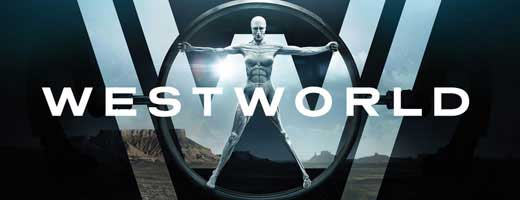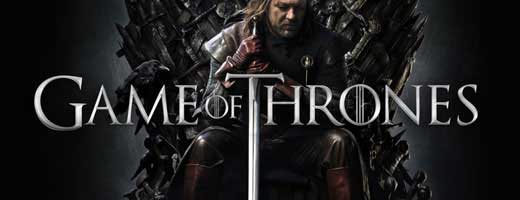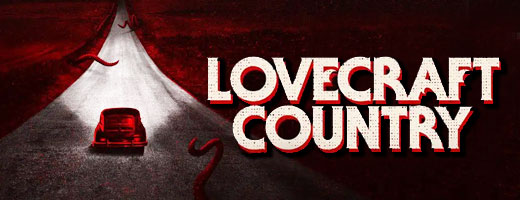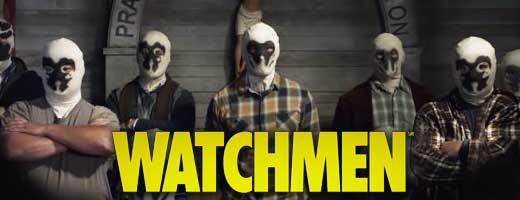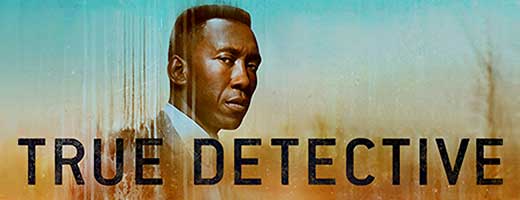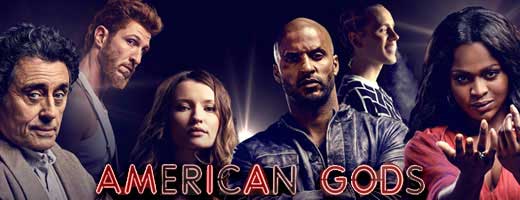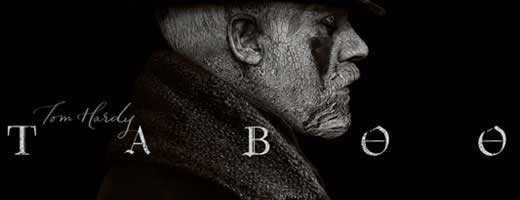Hey, guys, I’m loving your Westworld podcast! I’ve listened to a few podcasts out there, but yours has definitely been one of the more level-headed and insightful ones and has become my default go-to podcast for Westworld.
I’m an episode behind on both the show and the podcast, but having just listened to your episodes for “Chestnut,” I had a couple of thoughts that might be helpful to a discussion of the park itself, if you haven’t already discussed these points already.
I’m an Attraction Designer/Illustrator at Universal Studios, on the Concept Development team at Universal Creative (think Walt Disney Imagineering without the branding…). It’s a lot of fun to see how many elements of theme park development Westworld gets right, and one case really stood out to me in “Chestnut.”
In your discussion, you brought up how a couple of technicians were planning on decommissioning Maeve because the guests weren’t as satisfied with/tempted by here anymore (we use “G-Sat” or “Guest Satisfaction” surveys for our attractions). You wondered why they’d be so cavalier with disposing of what must be a multi-million dollar piece of equipment when a simple mind-wipe and recasting should solve the problem. I think the key element to understanding their mindset is that those specific techs were with the “Narrative” team.
As members of the Concept Development team (a close parallel to their Narrative team), our job is to pitch ideas for attractions that would provide new and exciting experiences to our guests. We brainstorm all throughout the “blue sky” phase, without concern to many real-world restrictions. We’ll loosely devise new ride systems, new experiences; the sky’s the limit.
After that, our concepts go through the Engineering team (think “Behavior” team in Westworld terms) and Finance. Engineering will tell us that they can’t design what we’ve envisioned because of physics and other real-world limits, and Finance tells us that we don’t have the budget for that. A compromise is reached, usually involving re-purposed ride systems or simple overlays. In most cases, guests don’t know what they’ve missed out on and wind up enjoying the attractions that they ultimately get.
Bringing that process back to Westworld, when the Narrative techs suggest bumping up Maeve’s aggressiveness by 20% as a last-ditch effort before discarding her, I figure they probably don’t factor in any kind of expense. Their whole focus is to serve the narrative (no one more embodies that drive than Lee), and it’s up the other teams to figure out how to make that happen. Behavior, on the other hand, will make more subtle adjustments and re-purpose what they’ve got, narrative be damned.
Nowhere is that better exemplified than in Lee’s demands for 50 new hosts for his narrative. To him, they are simply “another line item,” while to Finance and Behavior, each new unit has a significant cost in both money and time. That push-and-pull between Narrative and Behavior is grounded in a very real-world struggle between Concept Development and Engineering in the theme park industry.
I apologize if I’ve gotten long-winded, haha, but I find it fascinating to see the parallels in the show to what I encounter on a daily basis at work. I figured it might be helpful to share a little of that perspective, as it’s quite relevant to understanding why the “real-world” characters have such differing viewpoints as far as how to develop the guest experiences in Westworld.
Thanks for your time, and thanks for a great podcast! I look forward to it each week! – Tim
Subscribe Now
Help Support the Podcast

